Body-to-Body: The Works of Donigan Cumming
Graphic Conception
Simon Guibord
Development
Lima Charlie
Project management
Julie Tremble
Production team
Julian Ballanster
Karine Boulanger
Audrey Brouxel
Marion Lévesque-Albert
Denis Vaillancourt
Sami Zenderoudi
Camille Bour
French to English translation
Sarah Knight
English to French translation
Colette Tougas
French revision
Colette Tougas
English revision
Edwin Janzen
ISBN : 978-2-922302-06-6
Tous droits réservés
L'artiste, les auteurs et Vidéographe, 2020
Vidéographe
4550 rue Garnier
Montréal, QC H2J 3S7
514-521-2116
info@videographe.org
videographe.org
vitheque.com
Nous remercions le

Cette publication a été rendue possible grâce au soutien du
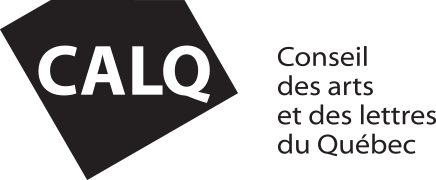





![[ Fig. 01 ] <i>Voice: off</i> (video still), 2003.](/sites/default/files/styles/fixed_width_480/public/advancedpublications/videos/13184/x04voiceoff0.jpg,qitok=frA6hUh-.pagespeed.ic.Gnz1BhnY5d.jpg)

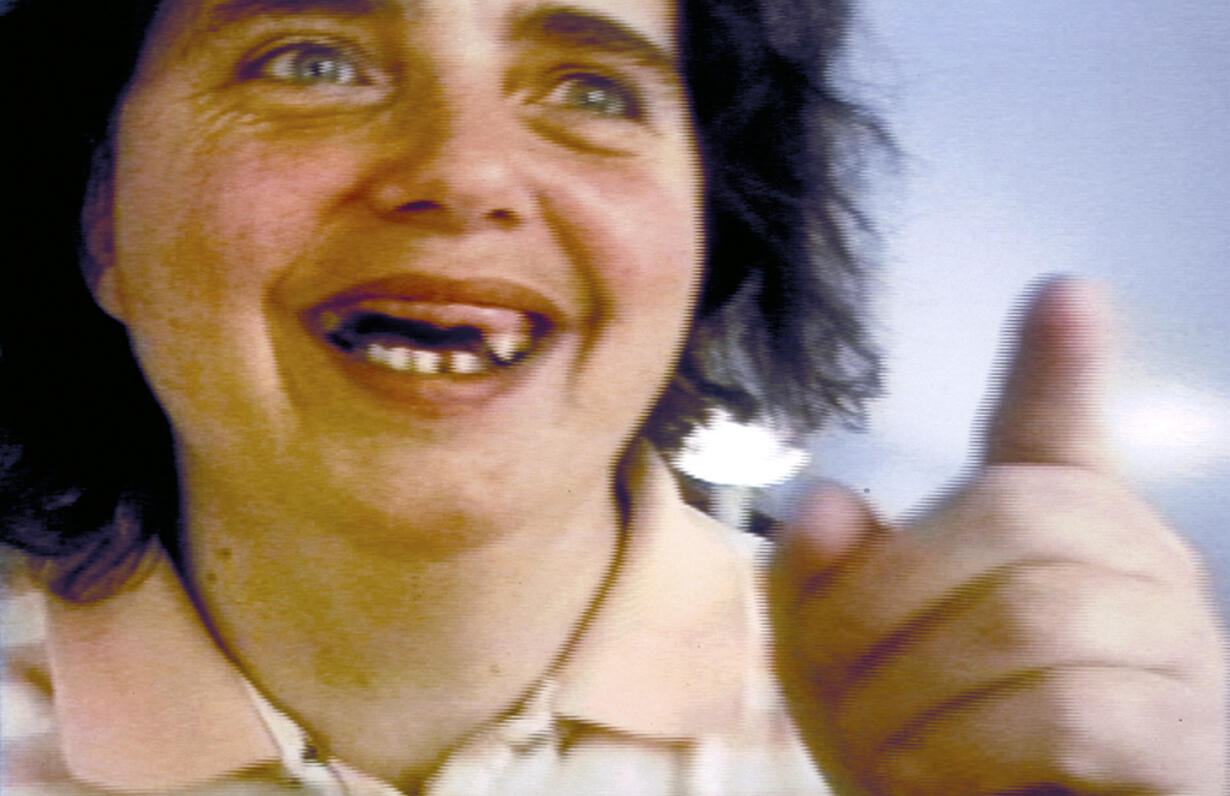
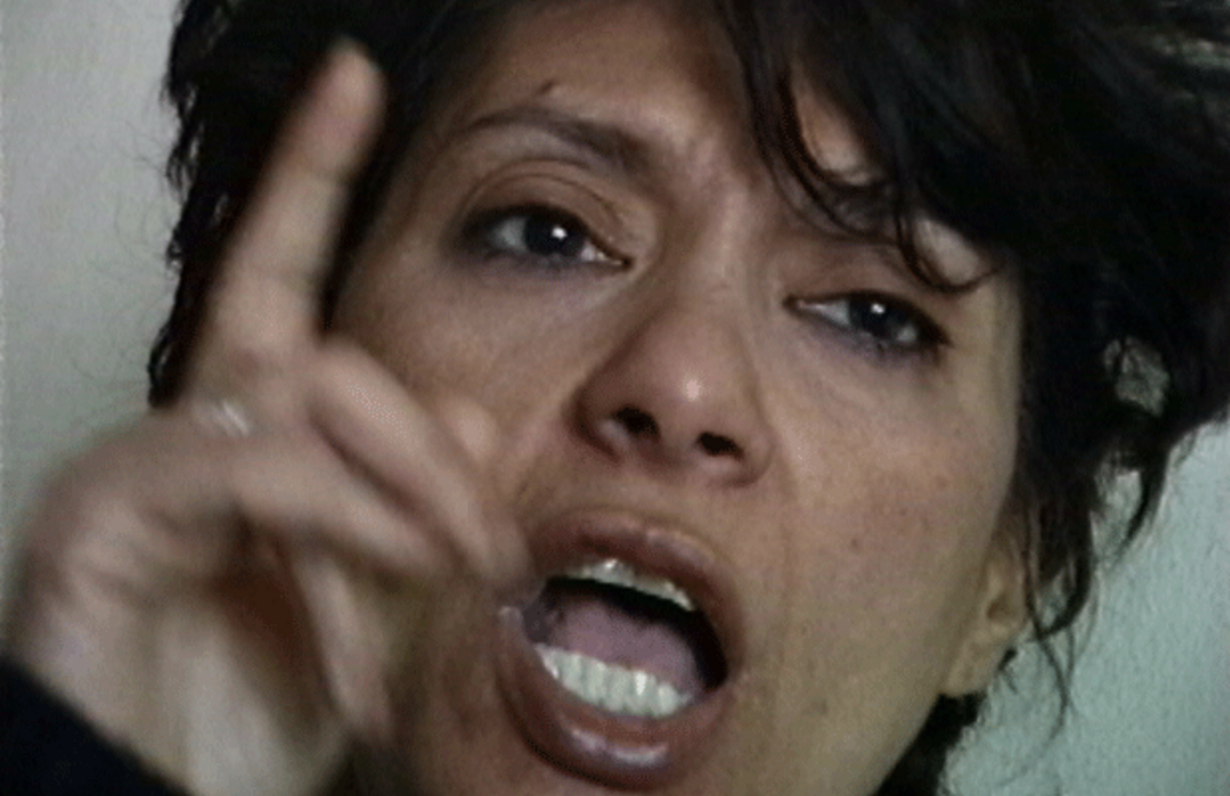




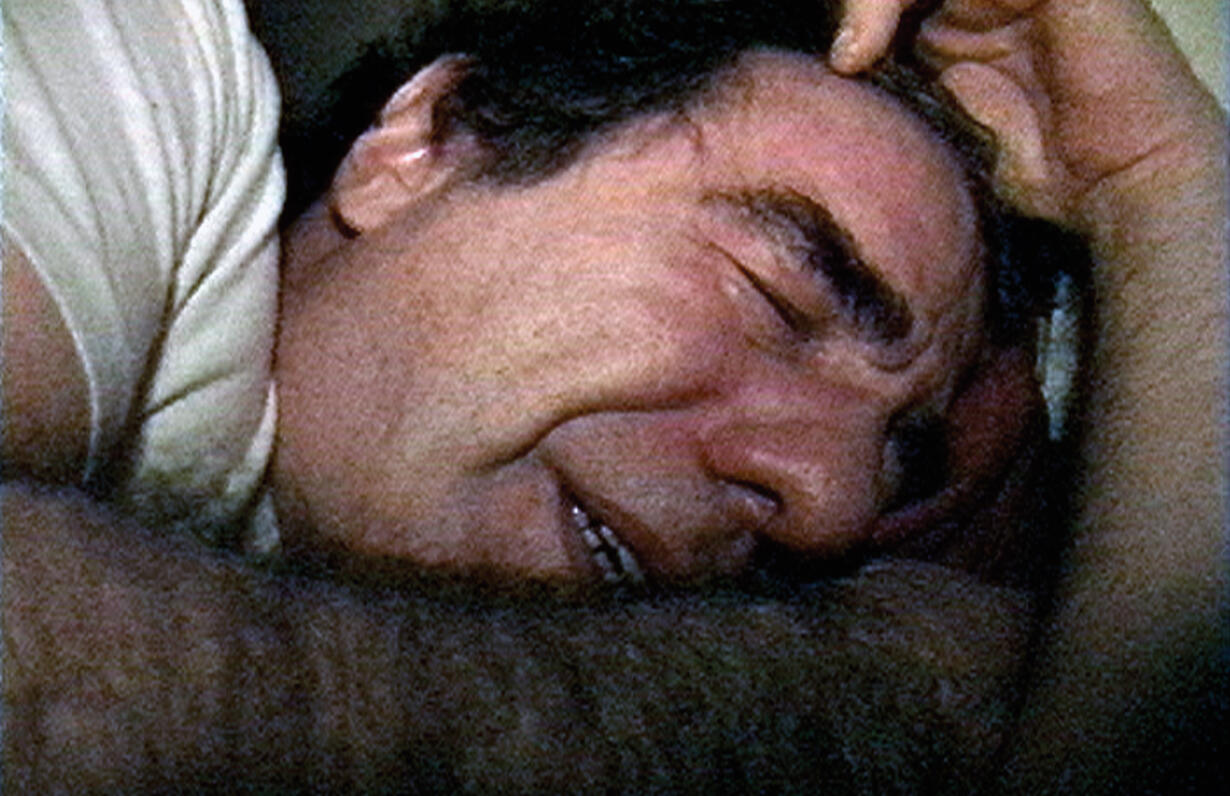

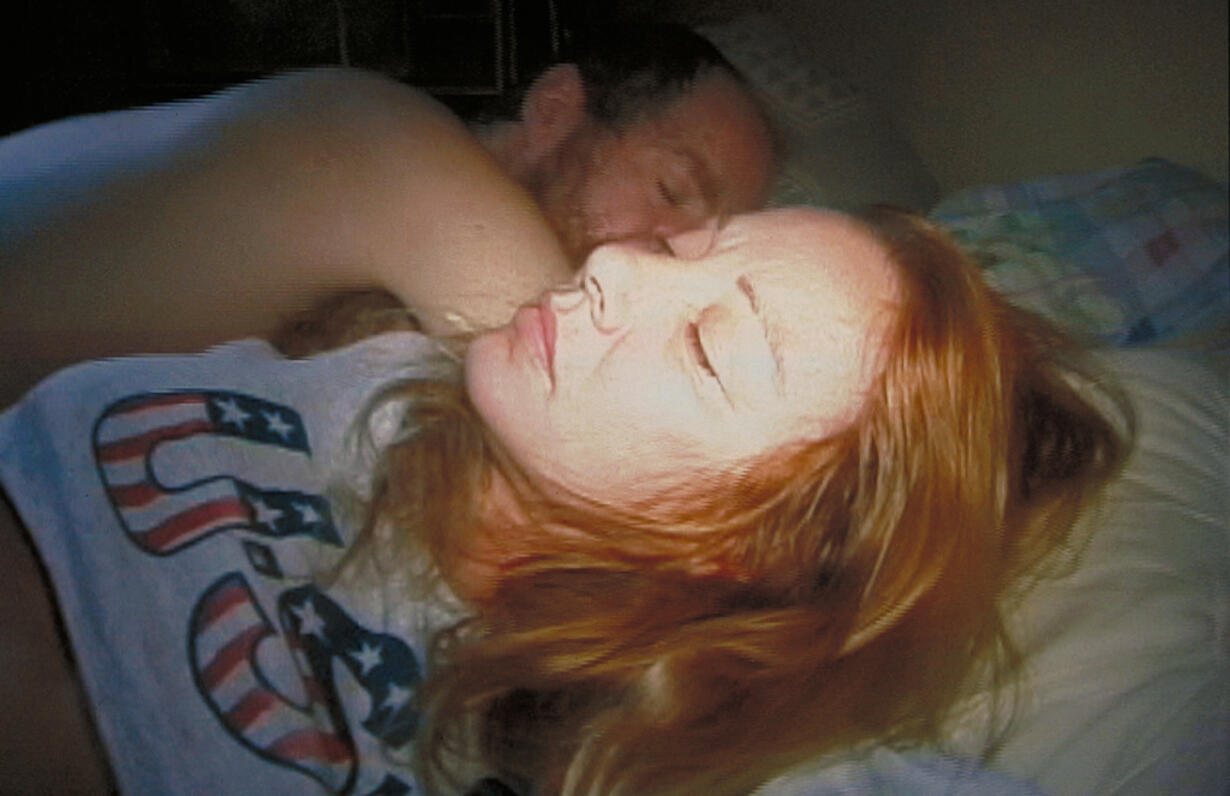
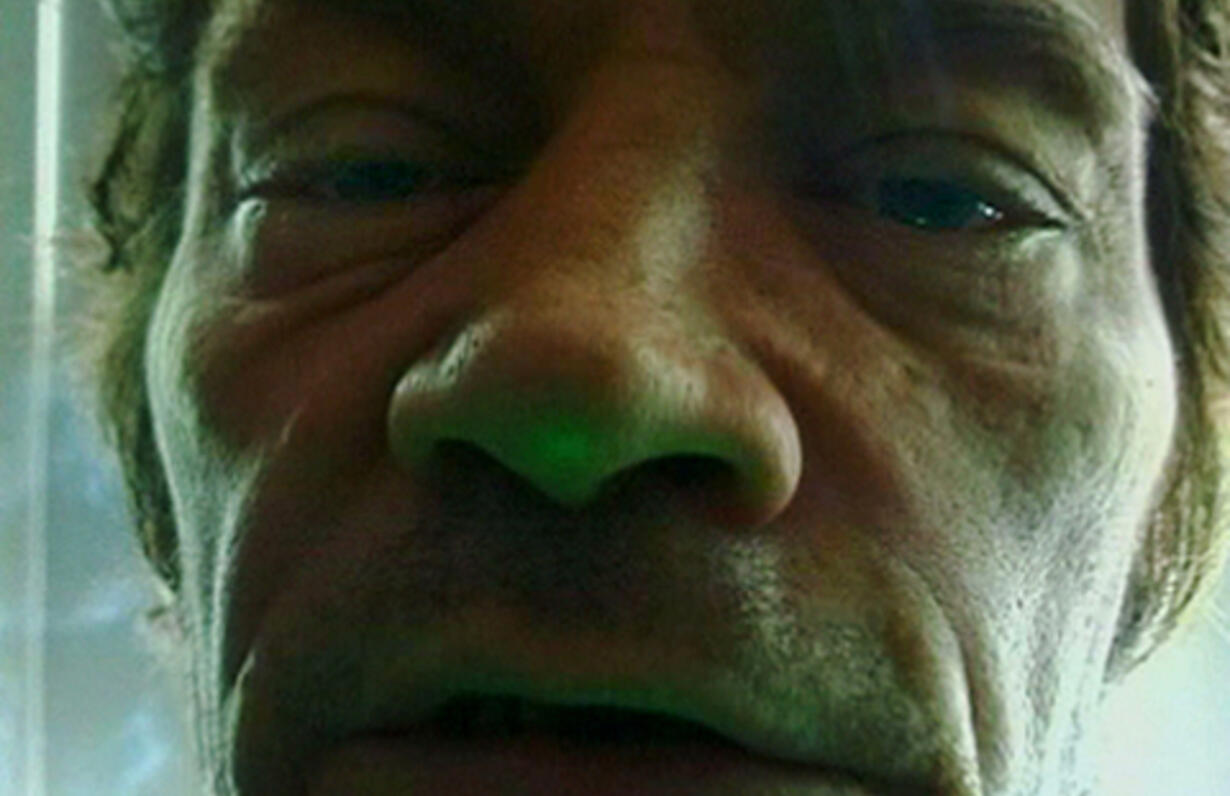
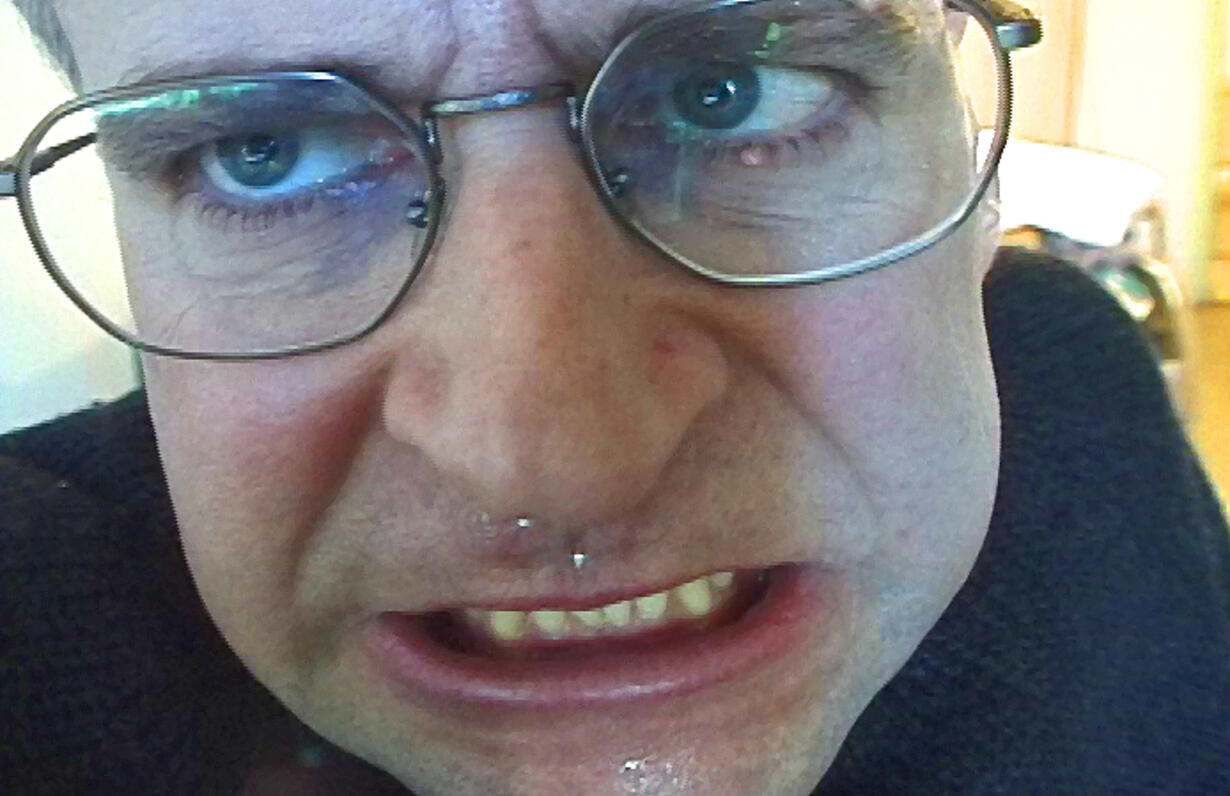
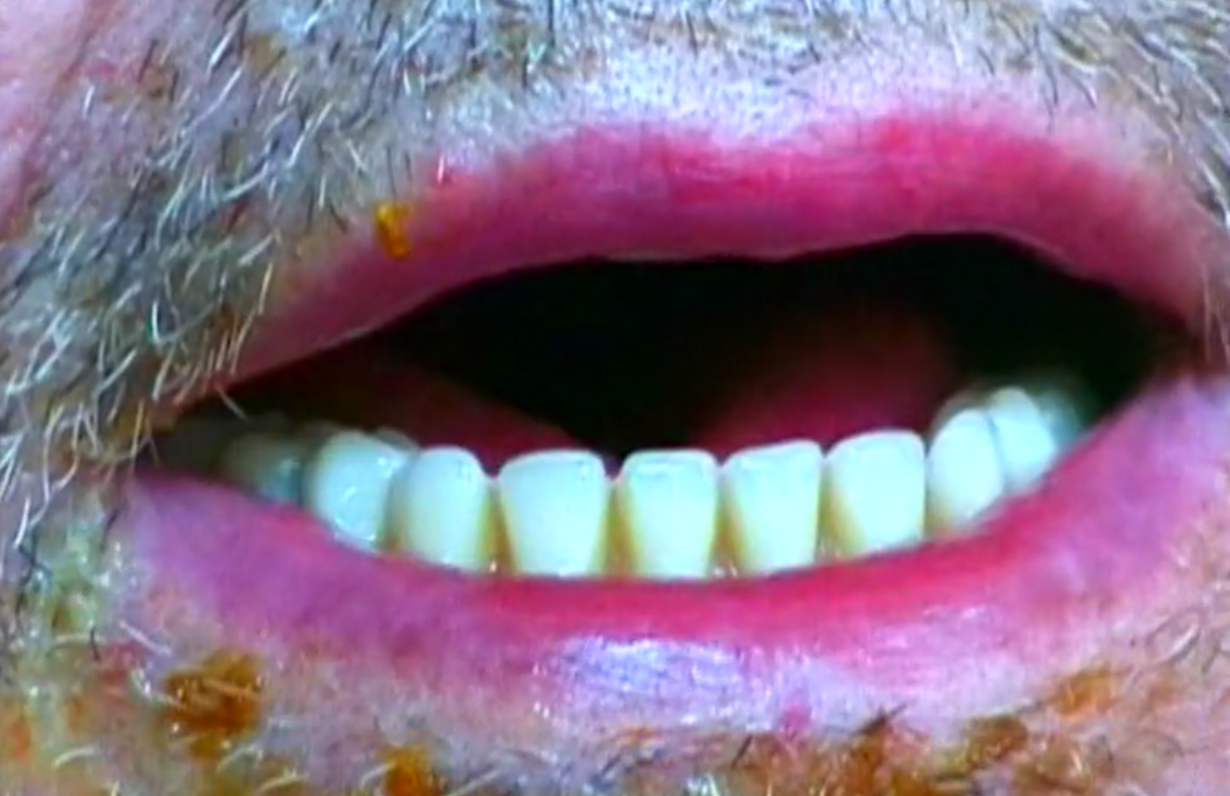

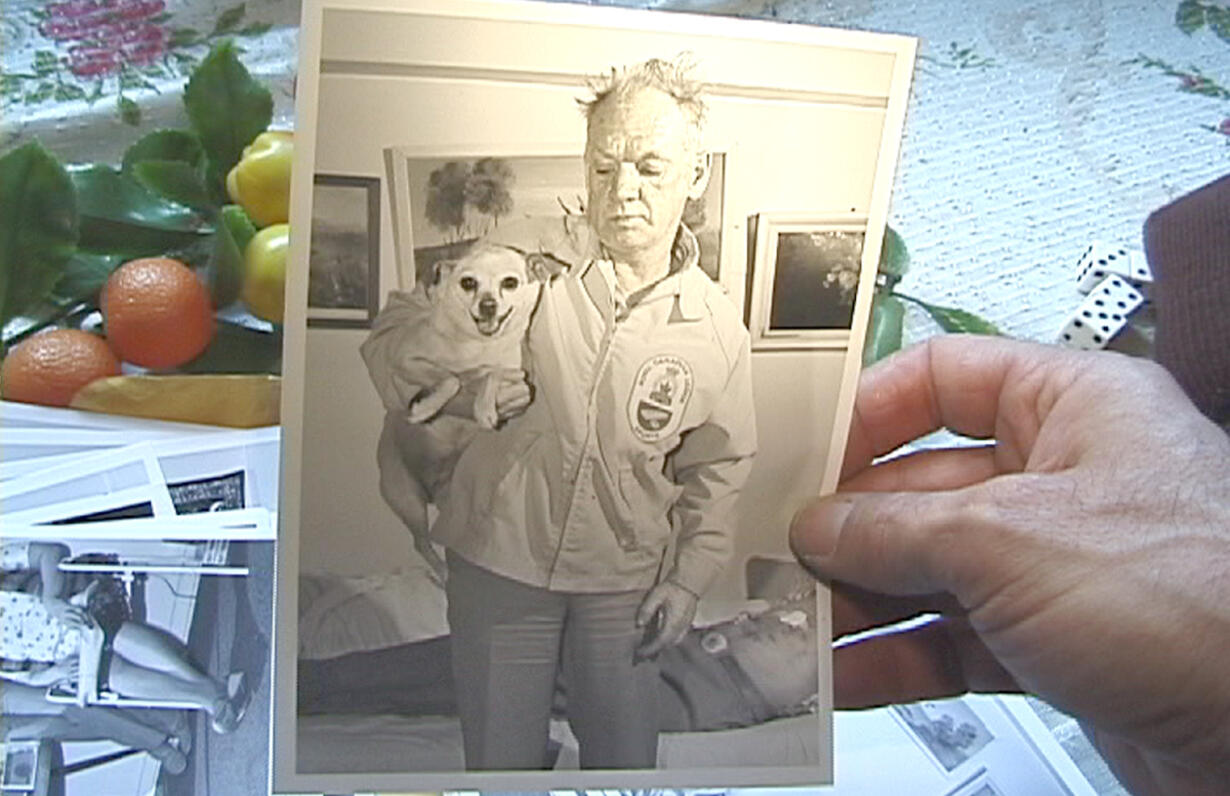
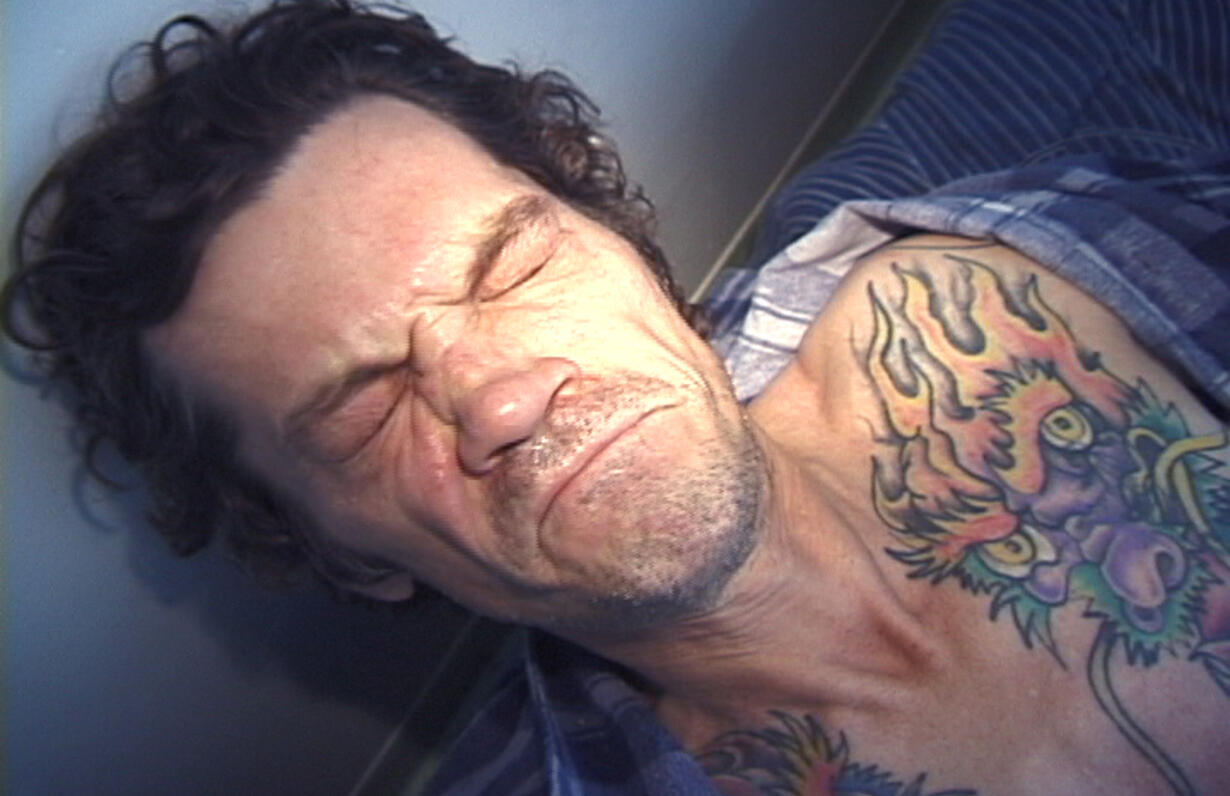


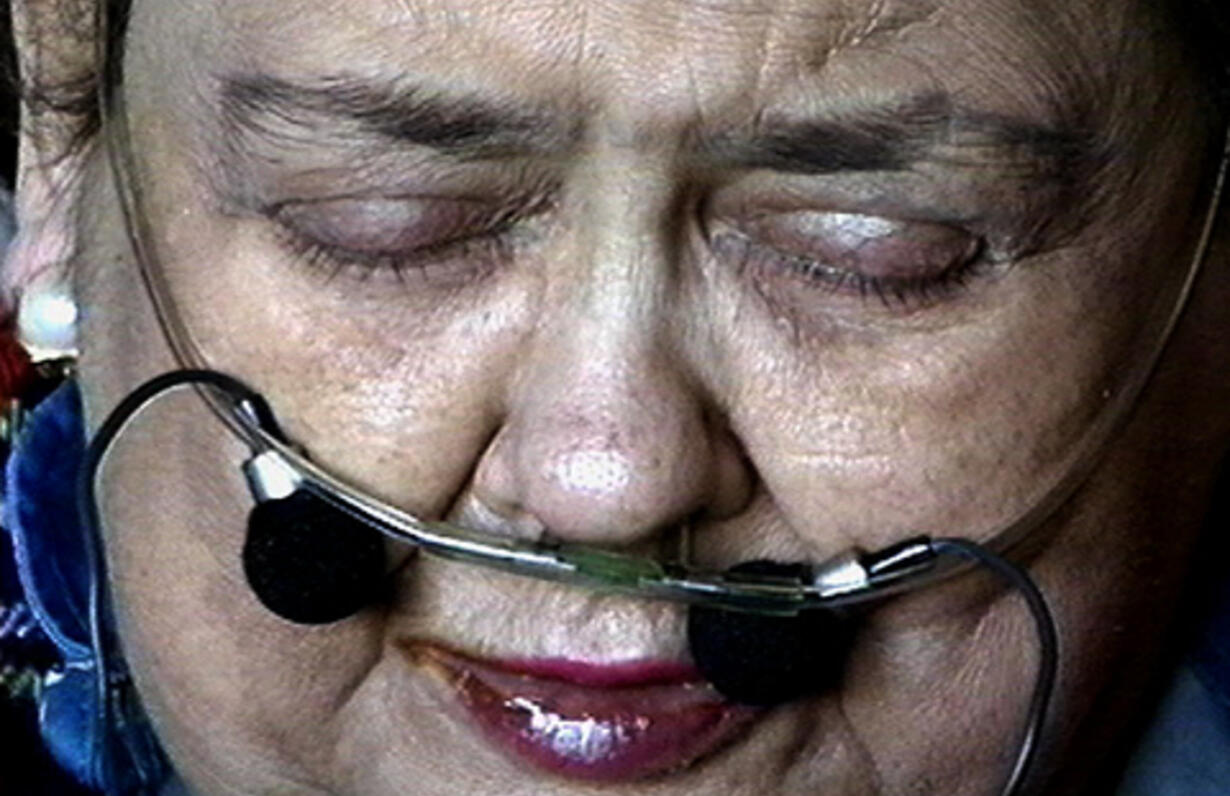

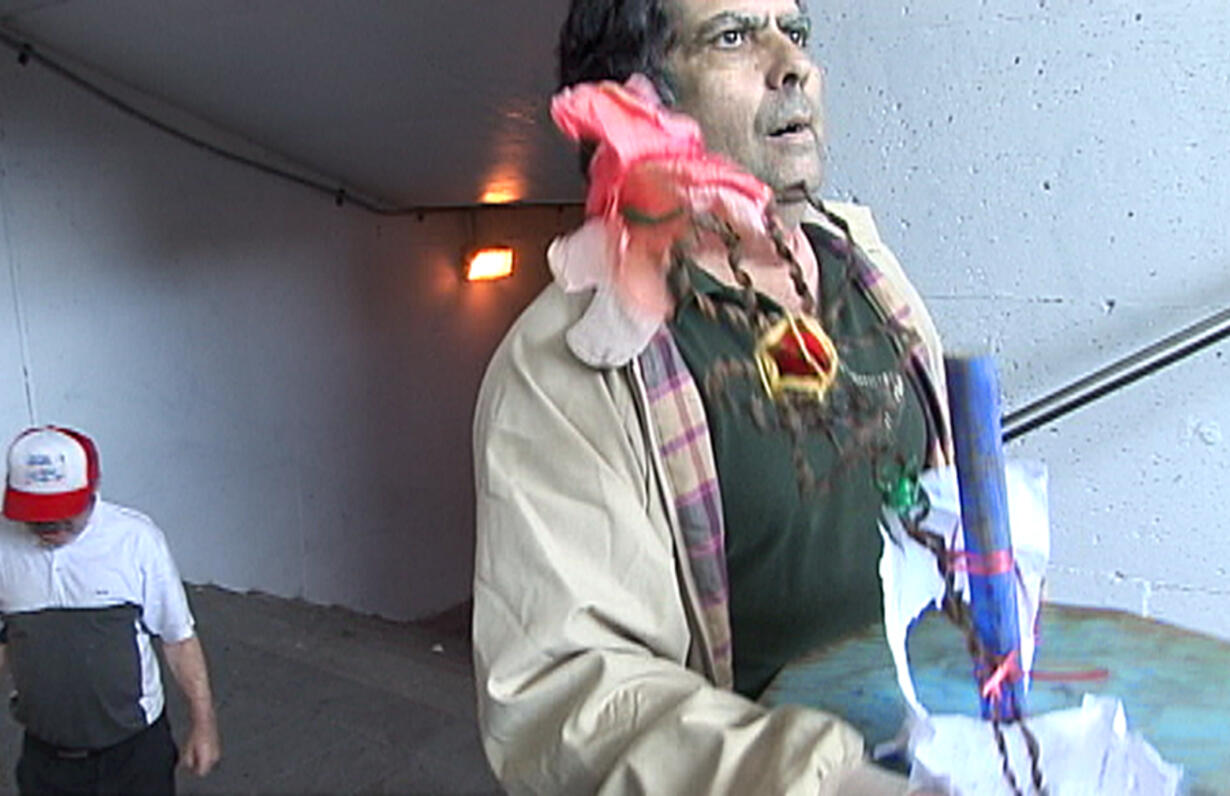

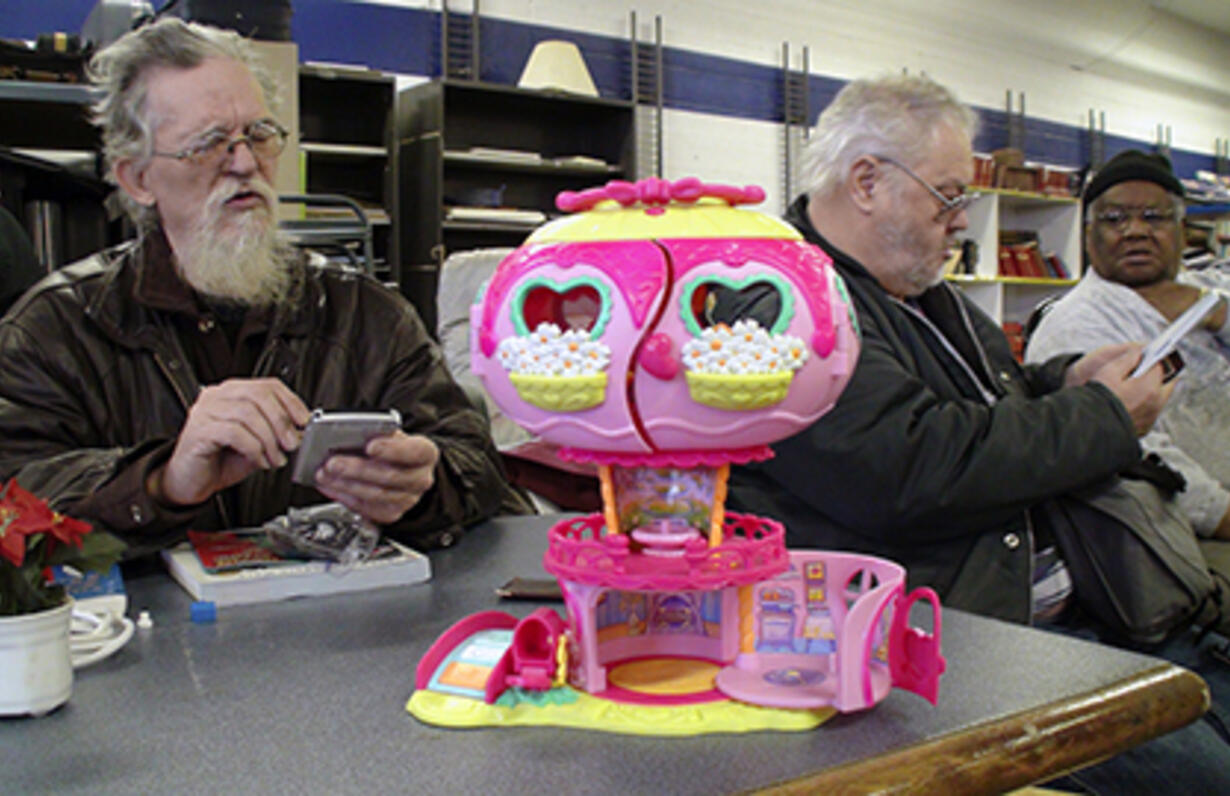
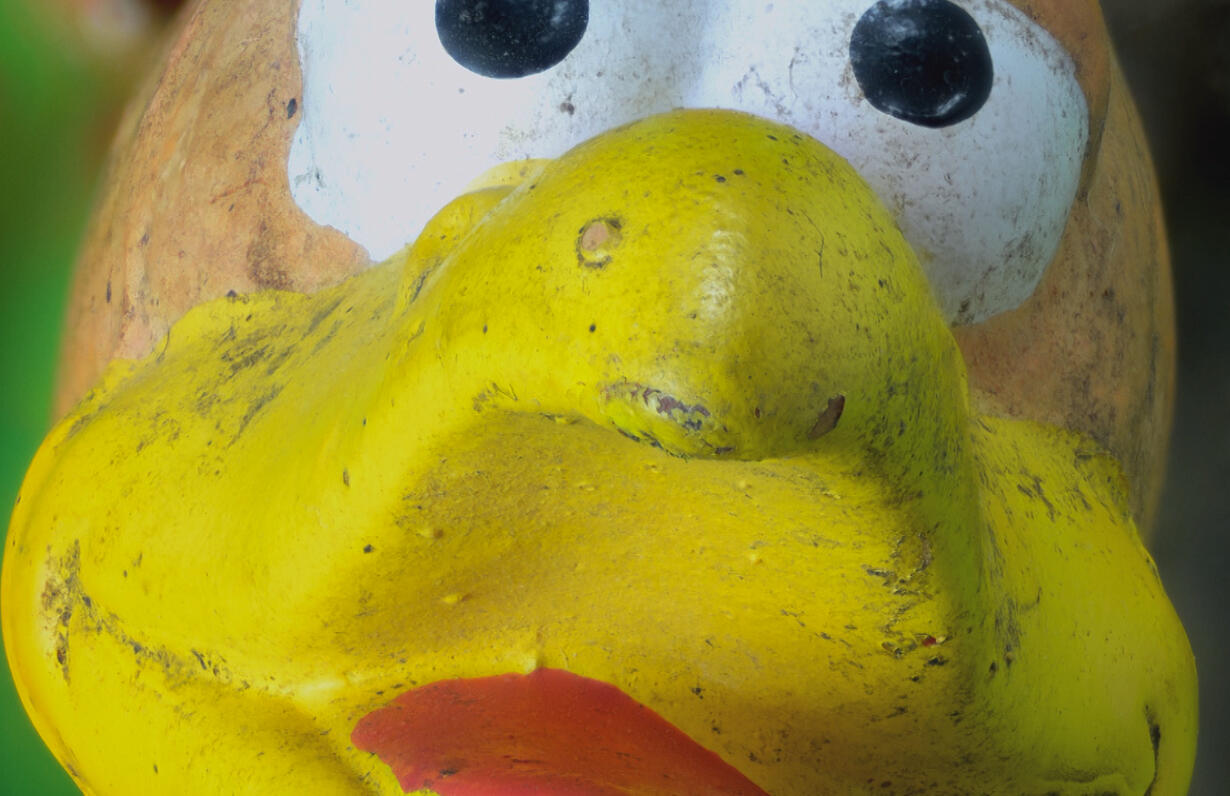
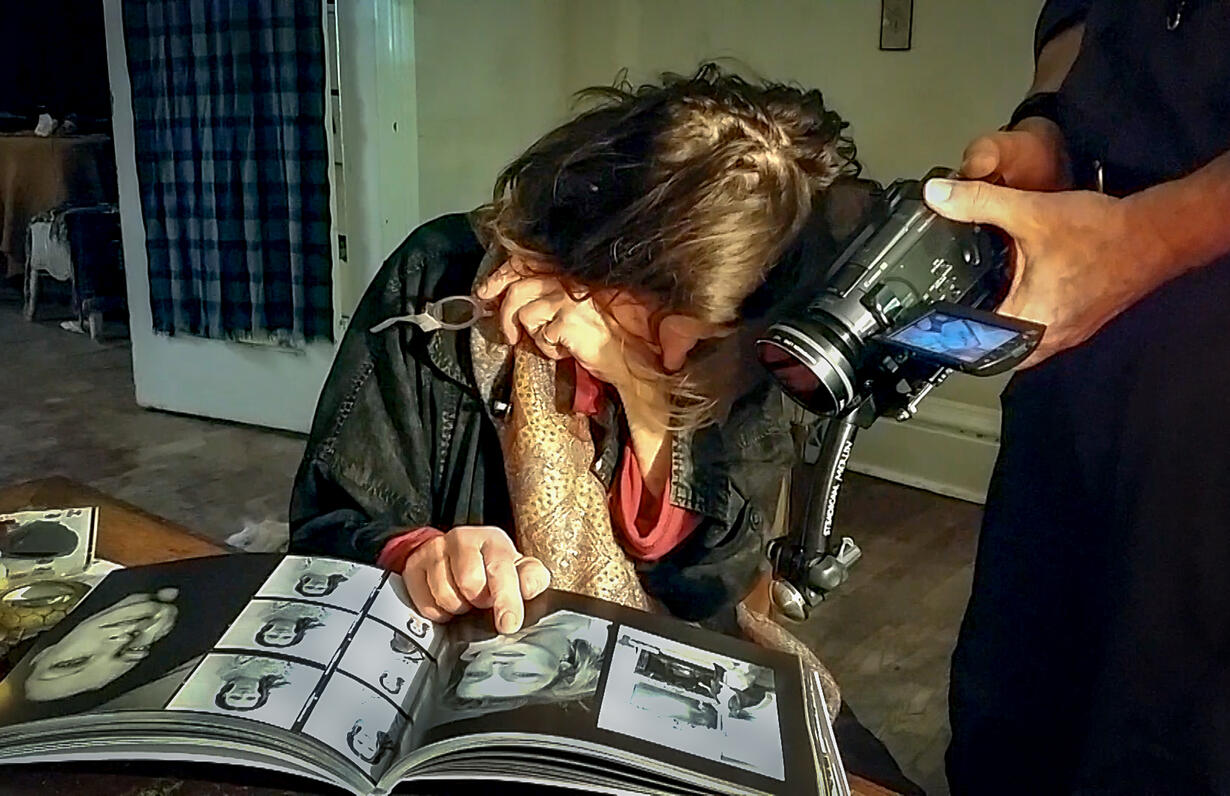
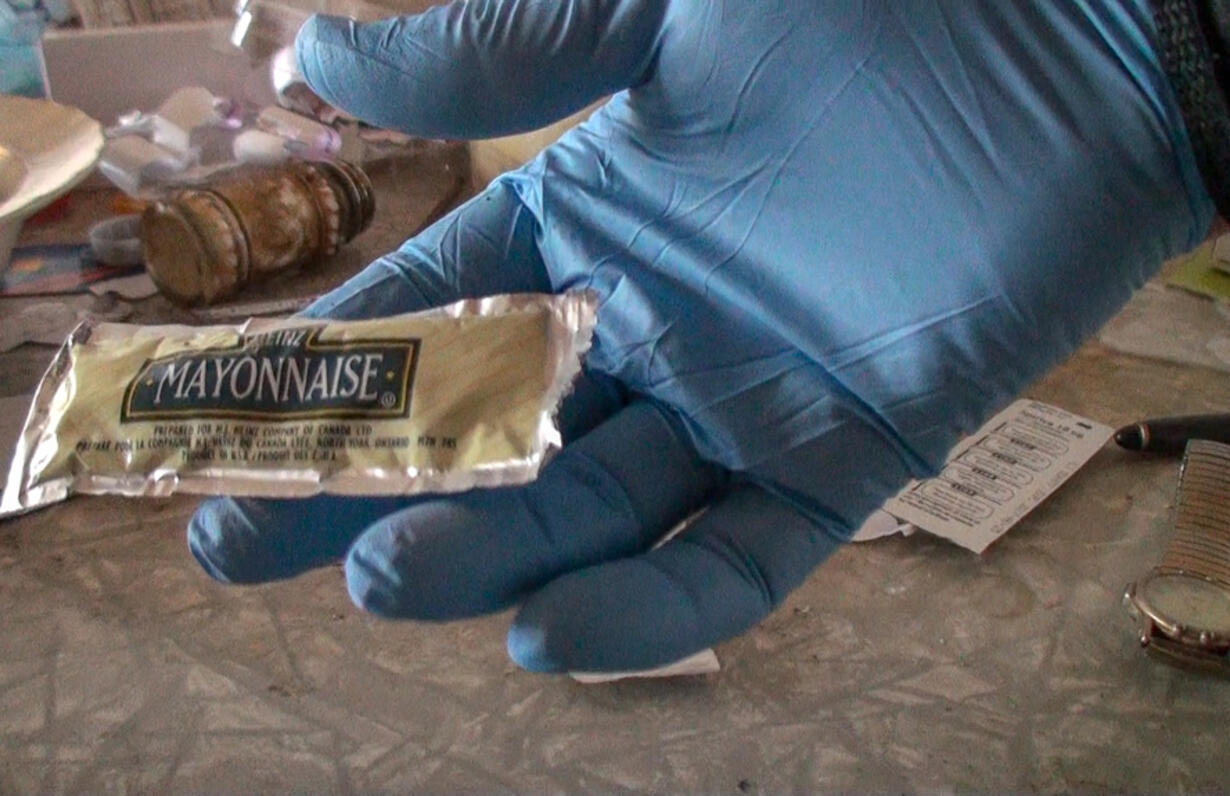
![[ Fig. 01] <i>If only I</i> (video still), 2000.](/sites/default/files/styles/publication_teaser/public/advancedpublications/audios/13136/x50a-18-38anotherone5.jpg,qitok=CRmroRwY.pagespeed.ic.dazwn370jo.jpg)
![[ Fig. 01 ] Fountain (video still), 2005.](/sites/default/files/styles/title_teaser/public/advancedpublications/scenarios/13139/x055q43b-24-30exception.jpg,qitok=l3UY8sRd.pagespeed.ic.EoOKBIfaq9.jpg)